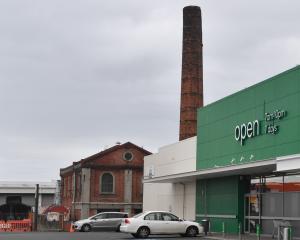
Analyst Adrian Atkins said one of the main risks facing the New Zealand electricity industry was the potential closure of the smelter.
The smelter used 13% of New Zealand’s electricity and its closure would leave the industry in significant oversupply.
Contact Energy and Meridian Energy would be the most exposed given the proximity of their South Island hydro-electric schemes to the smelter.
Morningstar had previously noted the improving aluminium price reduced the risk of the smelter closing in the near term. Since then, the aluminium price had risen further.
Sitting at roughly $US1 ($NZ1.37) a pound (454g), the price of aluminium was the highest it had been since 2011, he said.
Although Morningstar remained bearish on aluminium in the longer term, stockpiles in warehouses monitored by the London Metals Exchange had shrunk to low levels, which was supportive for at least the near term.
Improved returns from the strong aluminium price, cost-out initiatives and lower electricity transmission charges meant the smelter was unlikely to close for at least a few years.
Also, it must give notice of a year before closing, giving time for other parts of the economy to grow and for the electricity industry to adapt, Mr Atkins said.
Excluding Tiwai, nationwide electricity demand had stagnated for years as improvements in energy efficiency offset population and economic growth.
"While this is likely to continue for a while, there is the potential for substantial demand growth from converting coal-burning businesses to grid power."
In the South Island, Contact believed 1000MW of extra generation capacity could be needed to cover demand from the dairy industry, other businesses and schools, if those entities switched from coal boilers to renewable energy over the long-term.
There was potential to more than offset the closure of the aluminium smelter, which had capacity of 570MW, Mr Atkins said.
Electric vehicle adoption could be another major driver of electricity demand in the long term, although it depended on battery costs coming down significantly.
Even if demand disappointed, Morningstar was not concerned by the potential for the smelter to close.
"We expect Transpower to upgrade its transmission network to allow surplus hydro electricity at the bottom of the South Island, where large amounts of hydro-electricity are produced and the smelter is located, to flow north to major demand centres."
In that scenario, more thermal power stations would close and the market would get back in balance relatively quickly, he said.
Without an upgrade, transmission line constraints would cause massive losses from wasted hydro-electricity unable to flow to the North Island. That was unlikely.












